Elevated intraocular pressure is of especial concern to those with existing ocular hypertension, because it is one of the key risk factors for the development of glaucoma. Elevated pressure within the eye is caused by an imbalance in the production and drainage of fluid in the eye (known as the “aqueous humour”).
What are the types of glaucoma?
There are two types of glaucoma, each of which leads to different symptoms:
Primary open-angle glaucoma (the most common):
Here, the sufferer can experience a gradual decrease in peripheral vision, usually in both eyes (e.g. when the primary focus is on a point, the loss of peripheral vision results in the inability to see “sideways)
At its advanced stage, tunnel vision will develop.
Acute narrow-angle glaucoma:
This type of glaucoma comes with a plethora of side effects, including:
Eye pain
Nausea and vomiting (accompanied by severe eye pain)
Sudden visual disturbance, often in low light
Blurred vision
Rainbow vision around light
Redness of the eye
Since many people do not show signs of glaucoma until significant, often irreversible damage has occurred, it is vital to have regular check-ups with an ophthalmologist.
A possible treatment role for cannabinoids
In a study published in the International Journal of Pharmacology and Biopharmacology, researchers studied a group of 16 people with open-angle glaucoma. Eight of the participants had cardiovascular hypertension (high blood pressure) and eight did not. It was found that when participants inhaled a 2.8% strength THC, their heart rate initially increased (to compensate for the reduced blood and intraocular pressure caused by THC). When the heart starts pumping blood faster to maintain blood flow in vital areas, then the effect is that blood pressure and, crucially, intraocular pressure is decreased. The effects were strongest and lasted longest in patients with existing high blood pressure, lasting for as long as 3 to 4 hours.
Following this study, the same researchers, assisted by other colleagues, published an article in the journal Ophthalmology that reviewed the results of their earlier findings, and found that the reduction in blood pressure that resulted in a decrease in intraocular pressure occurred 60 to 90 minutes after inhalation. It was also noted that because increased heart rate is a side effect of cannabis inhalation - this can give the feeling of palpitations and light-headedness in some - people with existing hypotension
(low blood pressure) may experience feelings such as dizziness at a far more elevated level, making it unsuitable for them, and so reducing the recommendation for cannabis inhalation in such patients.
In addition, as the reduction in blood pressure caused by total herbal cannabis use (THC use) may have a detrimental effects on the blood flow of already potentially damaged optic nerves ( which may further damage the nerve further in the long run ), the use of direct ocular cannabinoid therapies such as drops or sprays are far more appropriate.
Studies has shown that as little as 0.1% THC in light mineral oil administered directly to the eye ( i.e., topically) in human hypertensive subjects reduced systolic blood pressure in the blood vessel, which can be felt immediately after the heart has contracted / pumped), also leading to the desired decrease in intraocular pressure. The maximum intensity of the effect of topical application of THC on intraocular pressure in both animal and human studies was shown to appear approximately 6 hours after administration, and lasts for upwards of 8-12 hours.
An animal study published at Graefe's Archive for Clinical and Experimental Ophthalmology in 2000 found that HU-211 (a synthetic, non-psychoactive cannabinoid derivative) administered to one eye of rabbits can reduce intraocular pressure. The effects started within 1.5 hours after administration and lasted for more than 6 hours. In addition, intraocular pressure was reduced in the eye to which HU-211 had not been administered, although the effect was lesser, and lasted only 4 hours in total.
Control of other symptoms
Symptoms of glaucoma that can be relieved by cannabis-based compounds include nausea, eye pain, headache and vomiting.
As with all individuals and illnesses, there is no guarantee or one-size-fits-all. Not all glaucoma patients experience a reduction in pain or nausea after using cannabis, and standard therapies recommended by health professionals are still the first-line treatments that are recommended. In addition, the above-mentioned symptoms are caused by increased pressure on the eye, which can lead to damage to the optic nerve. Therefore, it is essential to reduce intraocular pressure medically, not just control or reduce the symptoms. However, if the symptoms do not improve with conventional therapy, or if the therapies cause negative side effects that are difficult to tolerate, the possible benefits of using cannabis could be an option worth discussing with a doctor.
Conclusion
Cannabis use temporarily relieves intraocular pressure but does not cure glaucoma. Although cannabis use has been shown to reduce intraocular pressure and generally have a favourable safety profile, its use is limited by the fact that it only lasts for a few hours and then requires re-use, which is important because psychoactive effects can affect the performance of certain tasks in everyday life, such as operating machinery, and cause certain side effects affecting the heart that need to be carefully considered or avoided in people with existing heart disease.
Advances in the use of cannabinoids as topical treatments is ever-evolving, and may one day lead to new therapies to help permanently reduce intraocular pressure in patients who suffer from glaucoma.
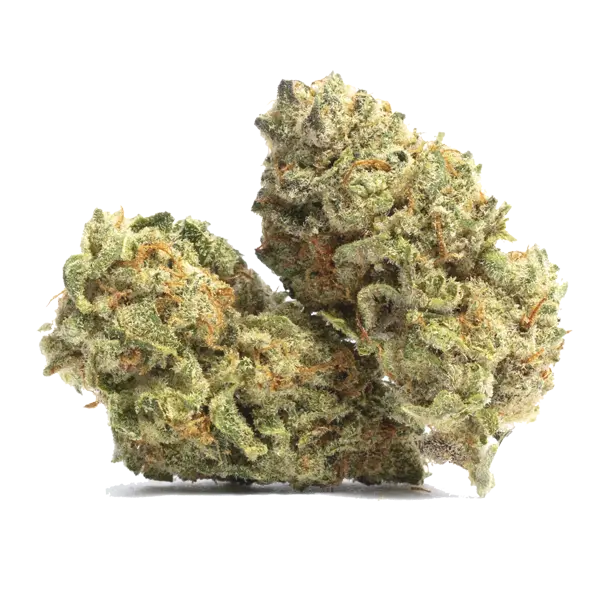


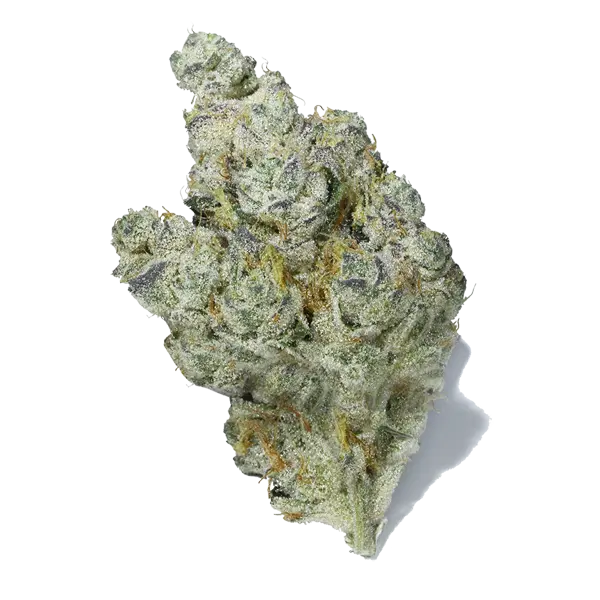
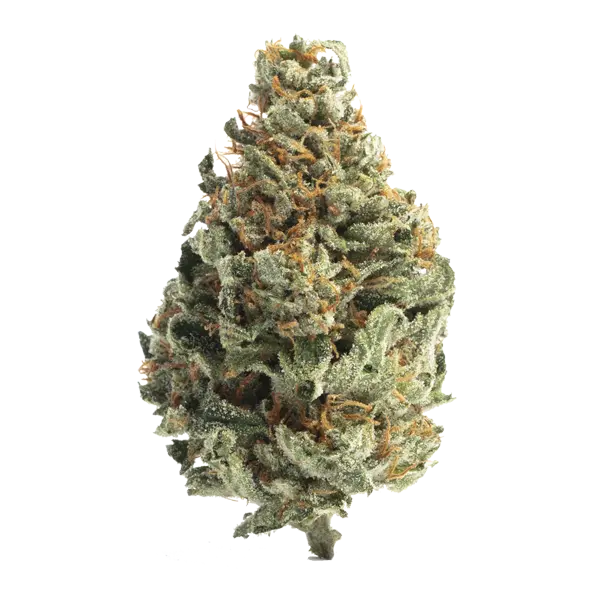
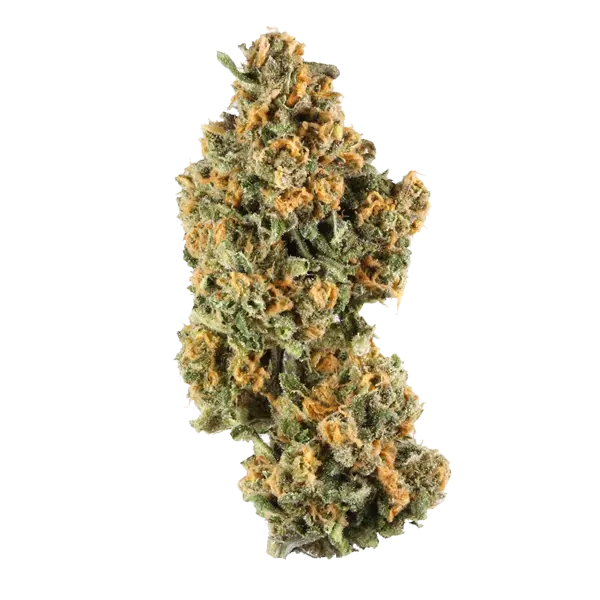

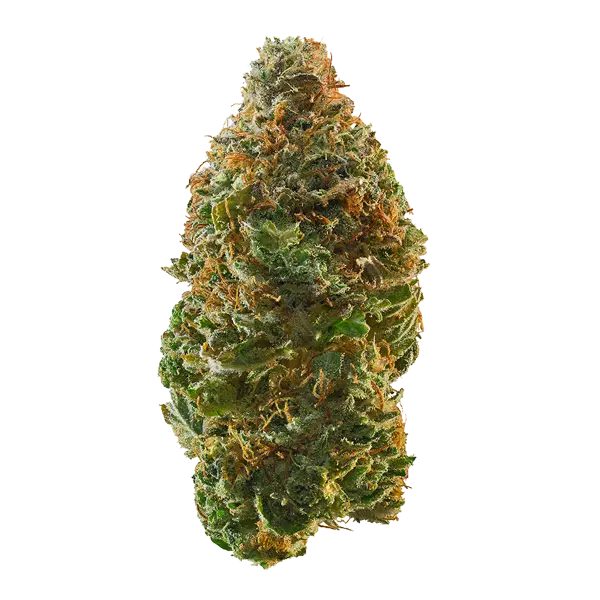

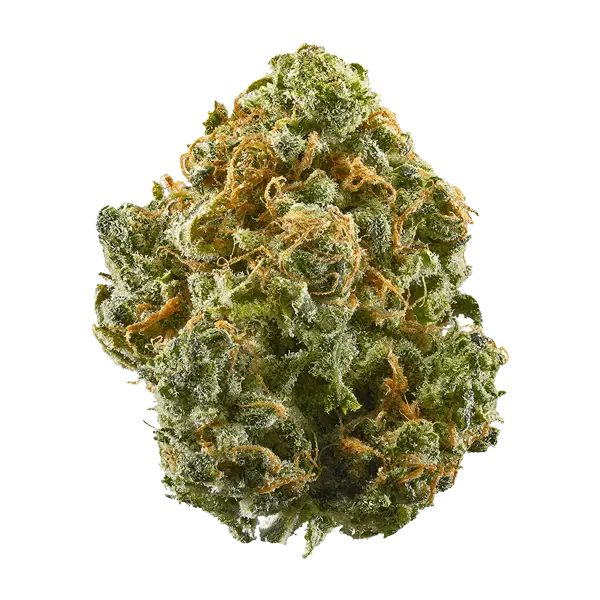

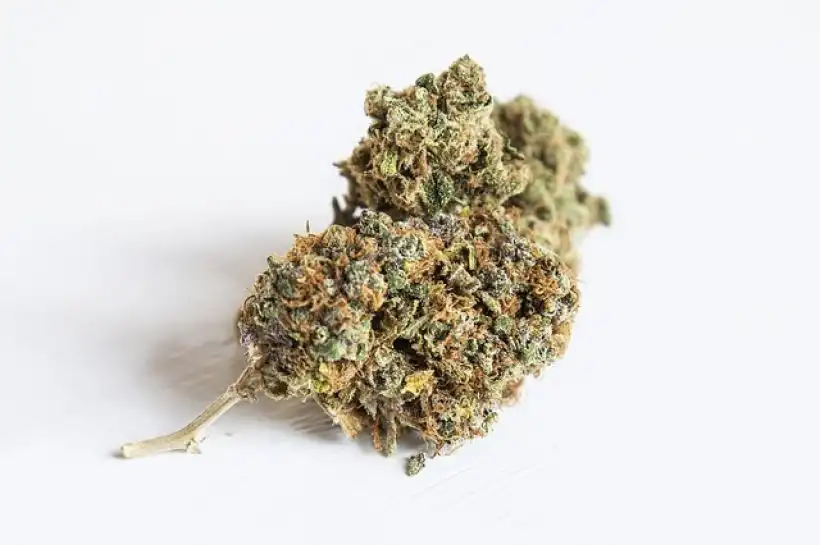





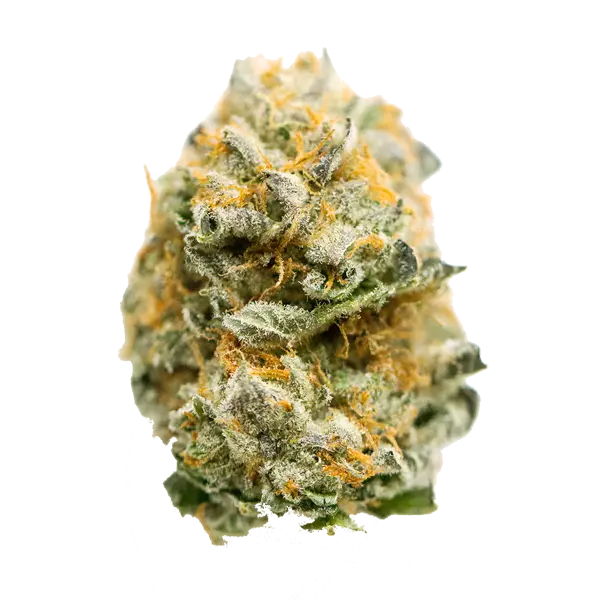
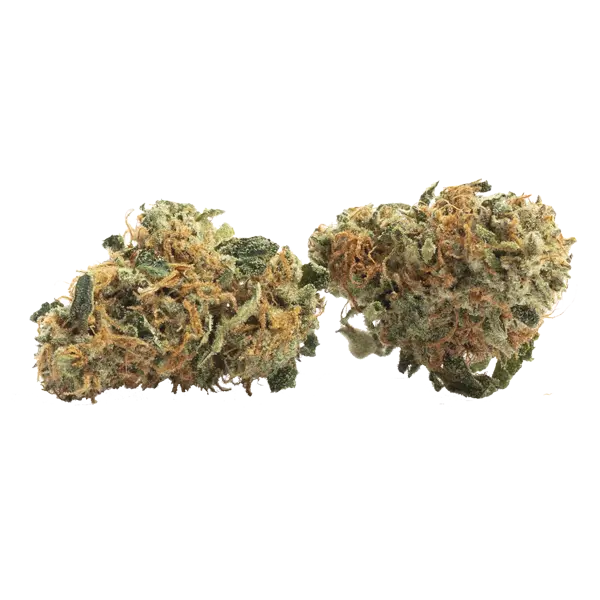
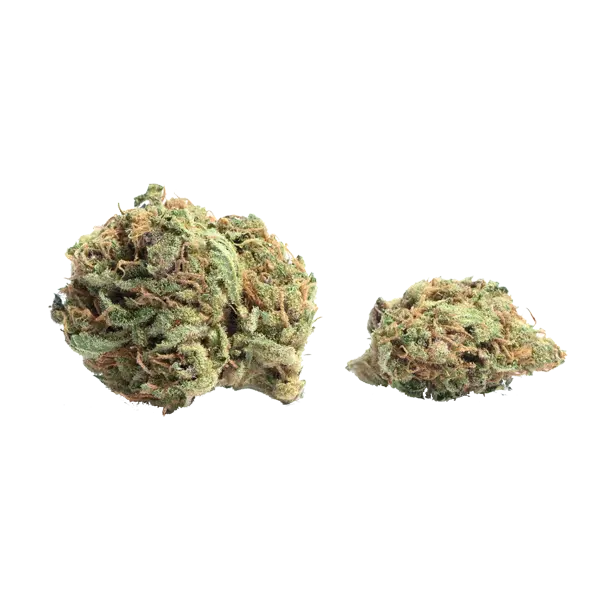







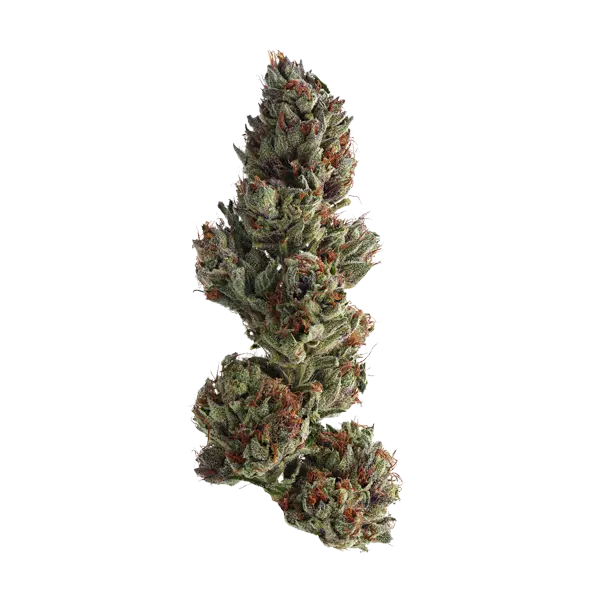



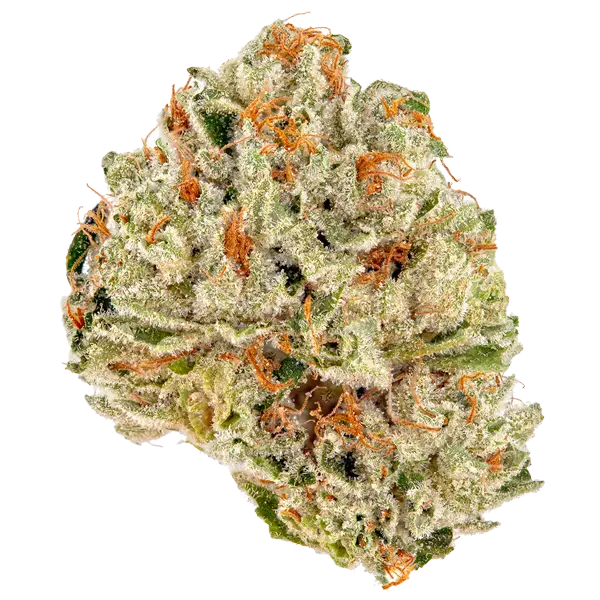
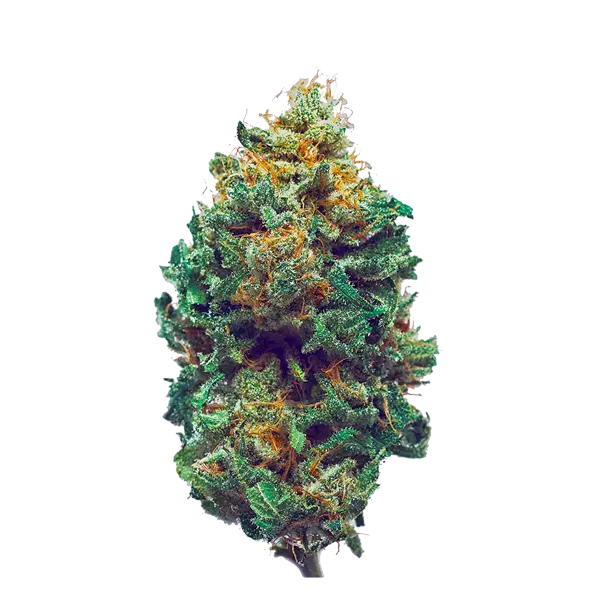
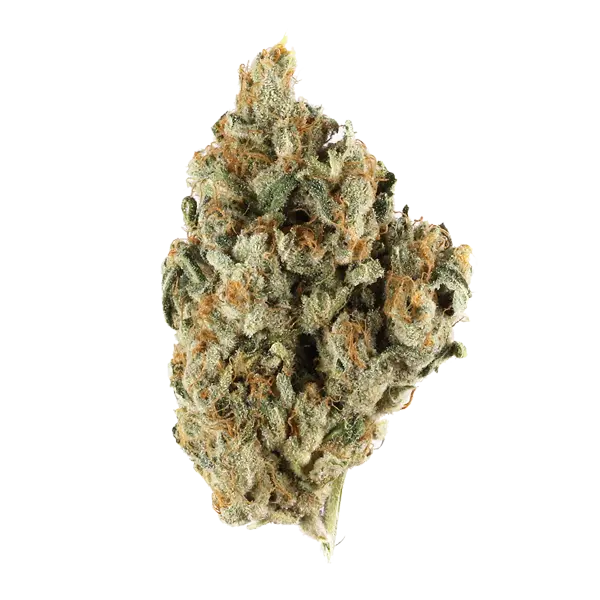

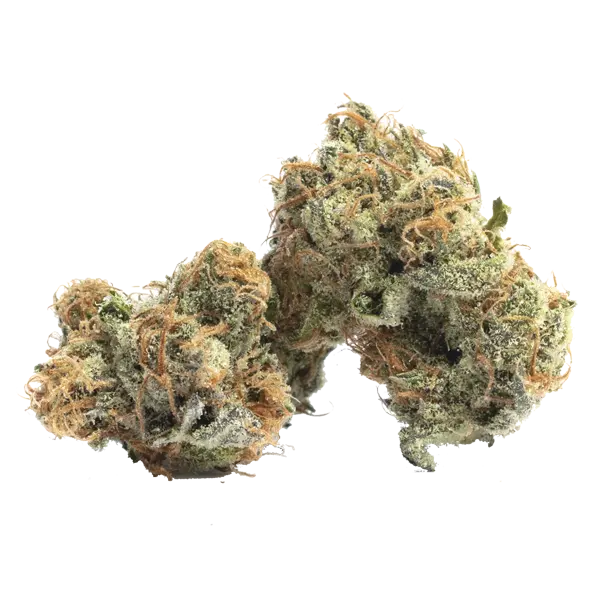
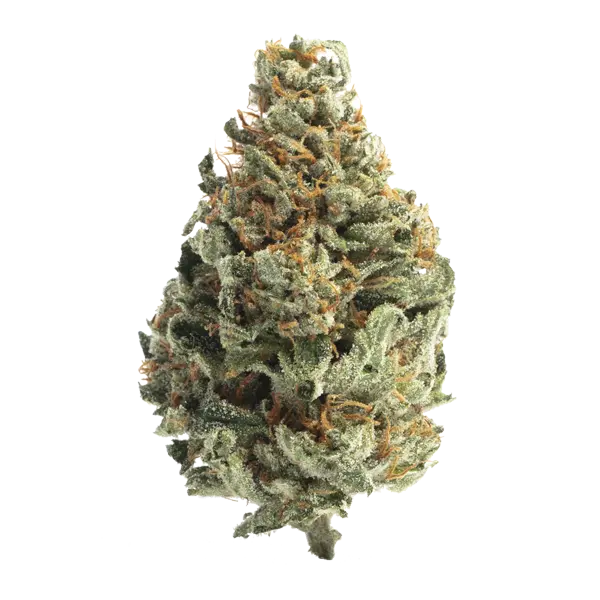
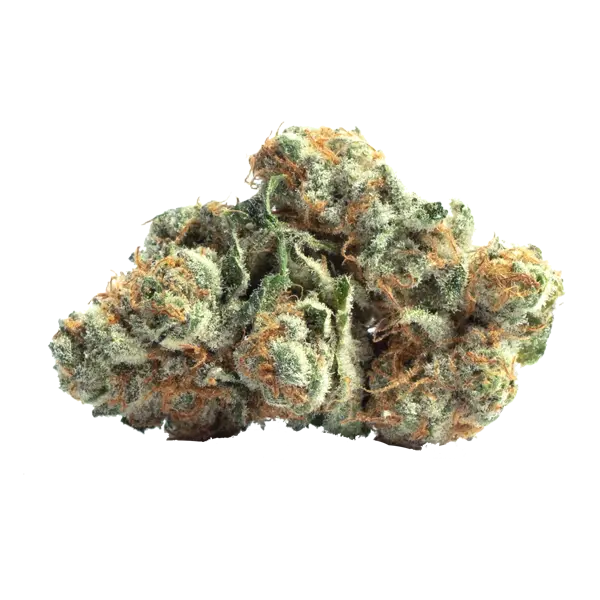
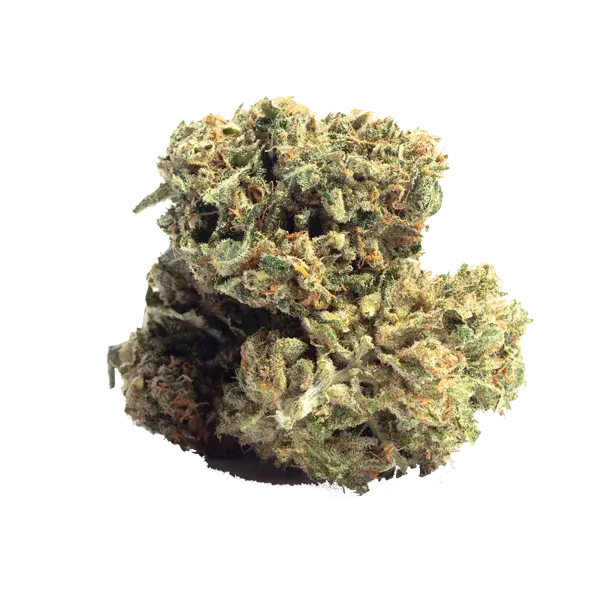
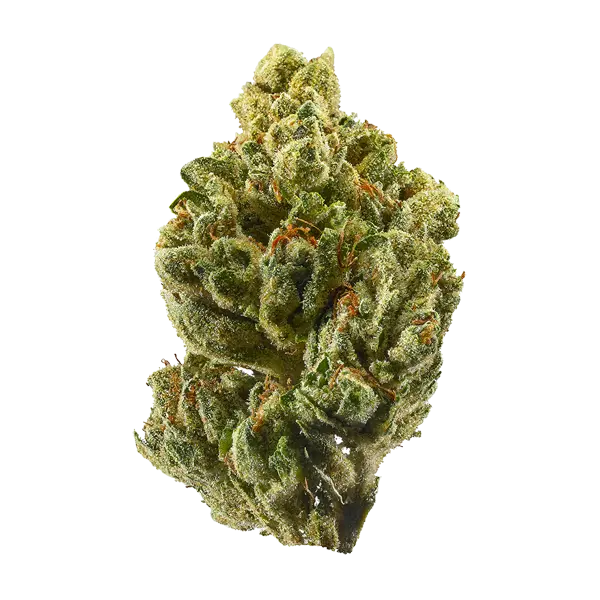
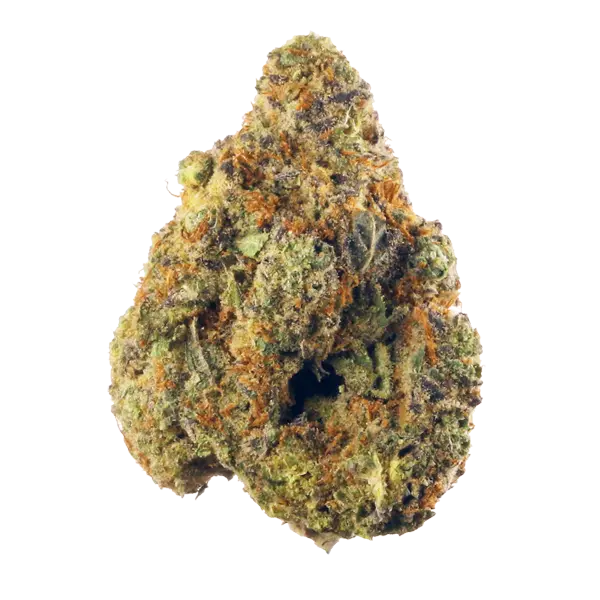
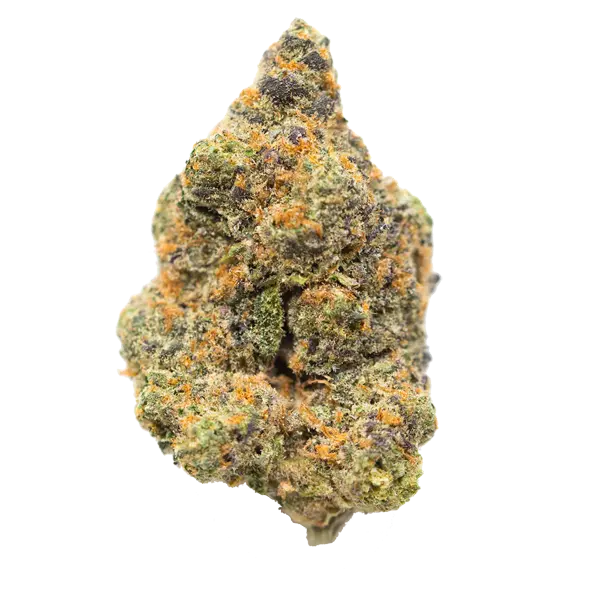
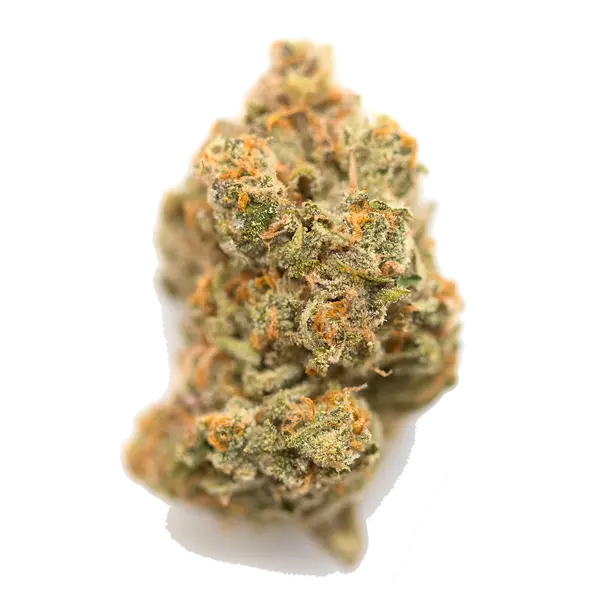
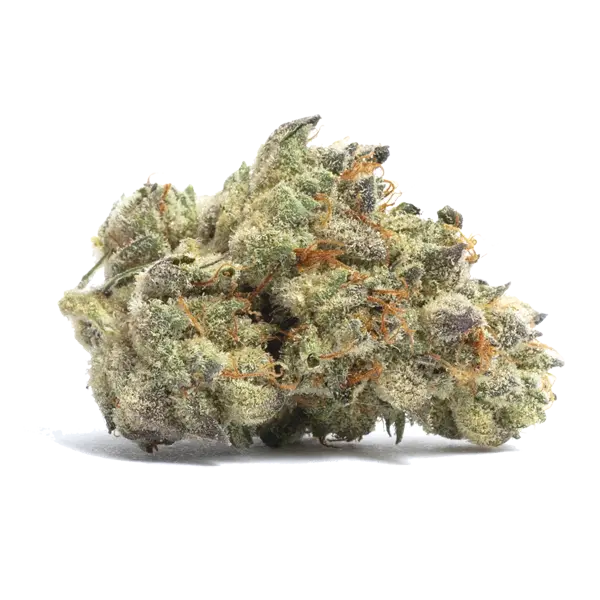
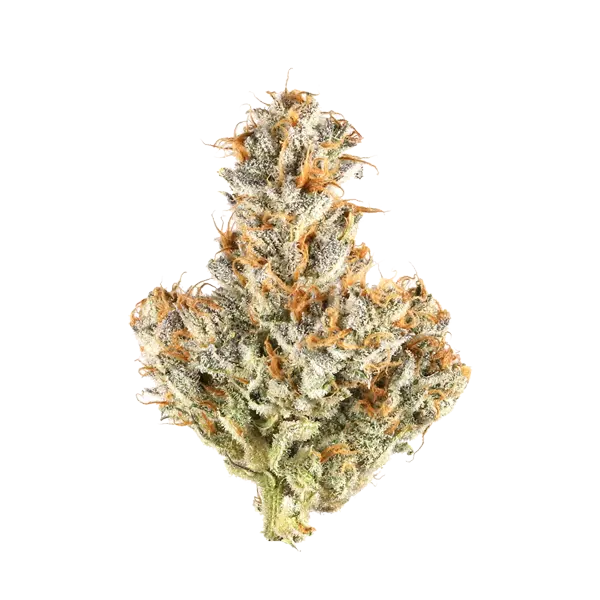
















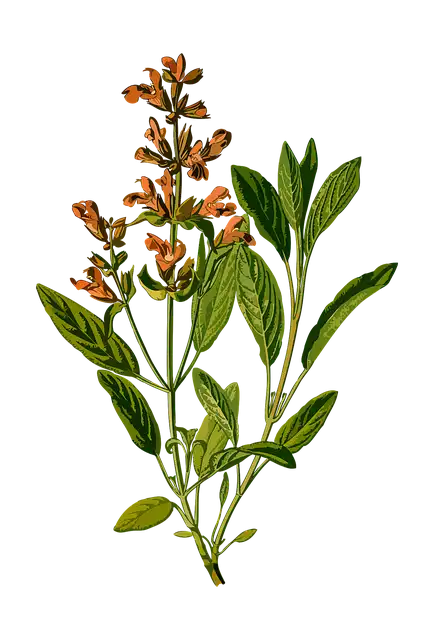

 Cannabis and Dry Mouth
Cannabis and Dry Mouth Multiple Sclerosis: Why Cannabis Is So Potentially Effective
Multiple Sclerosis: Why Cannabis Is So Potentially Effective








